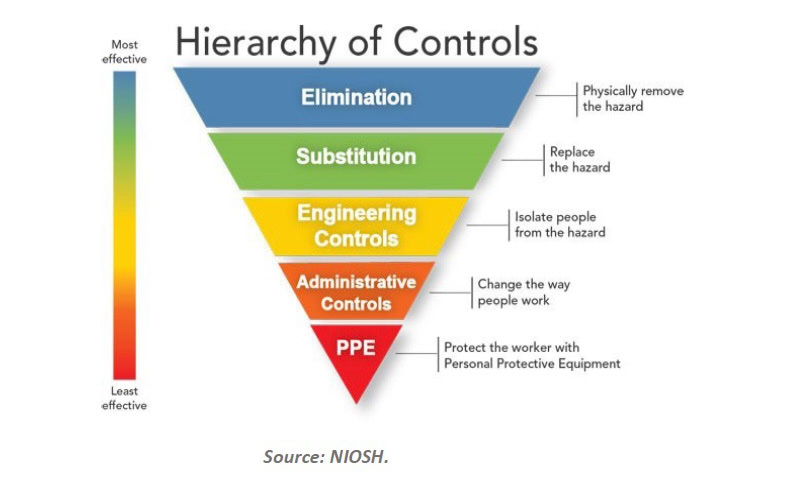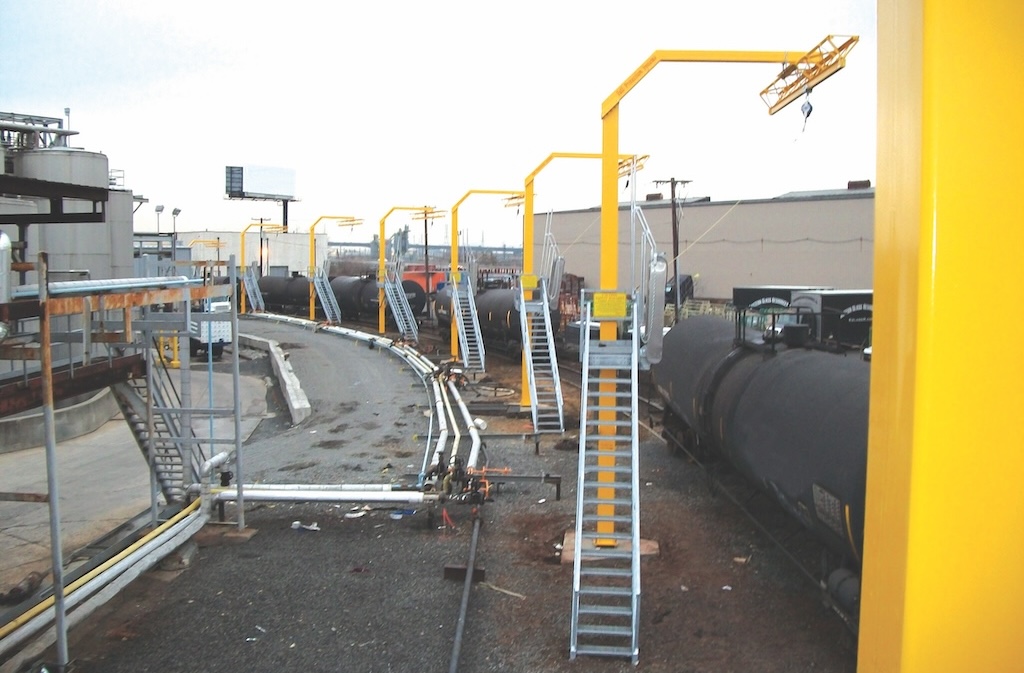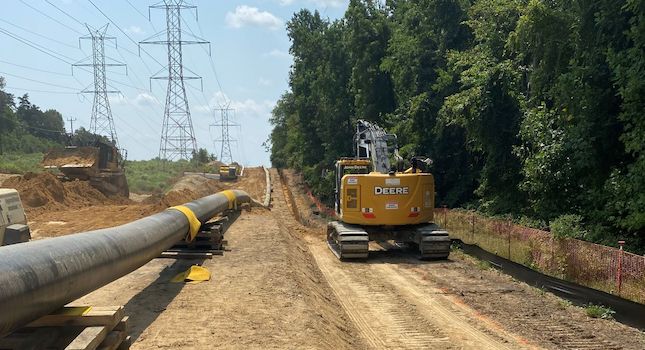When it comes time to talk about security plans, it becomes so easy to cry the proverbial “Wolf!” “Everyone will be hit. You are playing with fire. Disaster is just around the corner.” The cries are tedious and you can do it so many times that after awhile it just becomes background noise.

When it comes time to talk about security plans, it becomes so easy to cry the proverbial “Wolf!.”
“Everyone will be hit. You are playing with fire. Disaster is just around the corner.” The cries are tedious and you can do it so many times that after awhile it just becomes background noise.
But the question needs asking: Are manufacturers fully engaged in the pursuit of securing their systems – and plants – to help increase uptime, or have they let yesterday’s news just fade away?
It is easy to understand. Users could feel, “Yes, Stuxnet was interesting, but that was a focused shot from the good guys firing against the bad guys. Iran’s nuclear system was a threat and someone did something about it,” a manufacturer could think.
OK, that line of thinking is fine and some will follow it. But it really doesn’t wash. What really showed in this very focused assault was the plain and simple fact industrial control systems are open to attack. Remember, when you are thinking about your risk assessment, this is all about keeping plants up and running so the company can produce product and make money.
“(Users) will have to see the shotgun approach compared to the sniper shot that happened with Stuxnet,” said Rick Kaun, director of network security solutions for Matrikon.
Now it is time for the industry to stare down both barrels of the shotgun. Just take a look at the reports of the SCADA system vulnerabilities out there.
Italian security specialist Luigi Auriemma, who mainly focuses on detecting holes in games and media players, released a list of 34 vulnerabilities in SCADA products by some major players: Siemens Tecnomatix (FactoryLink), ICONICS (Genesis 32 and 64), 7-Technologies (IGSS) and DATAC (RealWin).
Then another list of vulnerabilities came out. Name players: Atvise SCADA; Control Microsystems ClearScada; DataRate SCADA WebControl and RuntimeHost; Indusoft SCADA Webstudio; ITS scada; Automated Solutions Modbus/TCP OPC Server; BACnet OPC client Advantech Studio Web server; BroadWin WebAccess (also sold as Advantech); Ecava IntegraXor.
Yes, most of the companies are patching the vulnerabilities, but how quickly will that happen at the plant level and what other holes are out there from other companies that no one has even tried to crack yet?
These vulnerabilities could affect anyone at any plant. Maybe that is crying “Wolf!” once again, but it is true. Just what will it take for companies to focus on generating a thorough security plan that everyone in the organization is aware of?
That answer is difficult to answer as the mindset right now when it comes to security is very reactive and not proactive. It is kind of like the days of reacting to an incident before predictive maintenance became a force. See something happening and quickly react. That compares to seeing a trend occurring and knowing you will need to fix something in a couple of weeks. While security doesn’t really work that way, the point is the mindset has to change.
That change has to start from the top. In a study sponsored by sponsored by Q1 Labs and conducted by the Ponemon Institute entitled “State of IT Security: Study of Utilities & Energy Companies” of the 291 security practitioners who responded, 71 percent said their companies’ top executives do not understand or appreciate the value of information-technology security.
That seems like it may be an uphill fight, but in the wake of the Stuxnet attack and the recent SCADA vulnerabilities alerts, there are some companies that just seem to get it. They are now taking part in creating a full blown security solution knowing they will be ready for the next attack.
Others are just continuing along their way, not fully understanding what lies around the next corner. What else will it take to get manufacturers fully engaged?
Eric Byres, chief technology officer at Byres Security feels one approach is through the standards process like ISA99’s security standard.
“The ISA99 Gap Analysis task group is making progress in determining how the ISA and IEC (the International Electrotechnical Commission) standards will have to change to address something like Stuxnet. Better standards will probably make more of a difference than anything else over the long run.”
Standards work in one approach, but education over time also helps.
“At the end of the day, there needs to be a culture change, but it takes time,” Kaun said. “Just look at the emergence of safety cultures. It takes time to get everybody to accept changes. Look at safety belts and smoking. Until security becomes a part of the culture on a day to day basis, it will be a daily battle. Eventually over time it should become a part of the culture.”
Yes, a culture change does take time, but in the meantime let’s get to work creating a plan of attack to keep systems up and running. That will keep the wolves at bay.



